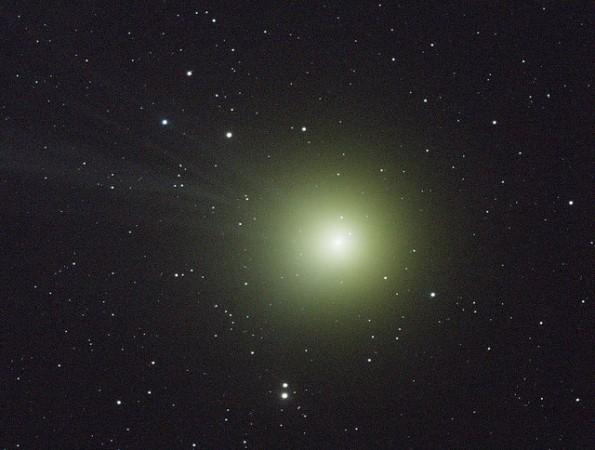
Comets are directly linked to the early stages of our solar system's evolution and formation. New comets are discovered every few years when they enter our inner solar system from the Oort Cloud, which blankets the Solar System and comprises of icy objects.
ALSO READ: Man's body discovered in hospital ceiling in Africa
Astronomers get a chance to analyse a special class of comets when such events take place. A team led by Charles Woodward of the University of Minnesota's Minnesota Institute for Astrophysics observed the Comet C/2012 K1, also called Pan-STARRS after the observatory that discovered it in 2012, with the help of the Stratospheric Observatory for Infrared Astronomy (SOFIA) — a NASA telescope.
Thermal heating and radiation processing of the Sun are unable to impact comets originating from the Oort Cloud, like the C/2012 K1. The pristine nature of these comets can preserve surface materials, making them ideal targets for observing gas and dust particle composition.
ALSO READ: This SHOCKING 1992 footage may prove aliens are REAL [VIDEO]
"Comet C/2012 K1 is a time capsule of the early solar system's composition," Woodward said. "Every opportunity to study these bodies contributes to our understanding of the general characteristics of comets and the formation of small bodies in our solar system," he added.
The group of astronomers used short and long-wavelength cameras on the Faint Object infraRed Camera for the SOFIA telescope FORCAST to study the light emitting from the comet's coma — gas and debris that form around the nucleus of the comet as it is heated by the Sun.
The team used the observations to assume the size and composition of the dust grains and to identify and categorise their thermal properties.
Weak silicate discharge from the comet were observed by the researchers, unlike from other comets from the Oort Cloud previously observed, including Comet Hale-Bopp and and those studied with the help of Spitzer Space Telescope.
By examining these silicate emissions and comparing them to thermal models, the researchers concluded that the coma's dust grains are large and are made up predominately of carbon rather than crystalline silicate. This composition challenges the existing theoretical models of how the Oort Cloud comets form.
ALSO READ: Man wears heroin-filled condom to dodge security at Chennai Airport
"Comets are made of the materials that did not get made into planets, so studying the dust in them can help us understand the content, origin, and evolution of the early solar system, including the process of forming rocky planets," Woodward said.
While projects like the European Space Agency's Rosetta mission or NASA's Stardust mission provide direct sampling of comet materials, remote observations such as those conducted aboard SOFIA provide researchers with an opportunity to understand similarities and differences between different types of comets.
ALSO READ: Vietnamese woman swallows condom to hide evidence and escape arrest; lands in hospital
"The strength of Comet C/2012 K1's silicate features observed in mid-infrared with SOFIA have set the stage for what we have proposed for observations using the forthcoming James Webb Space Telescope — to study even fainter more distant comets," Woodward said.
"I think there will be a nice synergy between those two missions, in target selection and targeted follow up," he concluded.

















